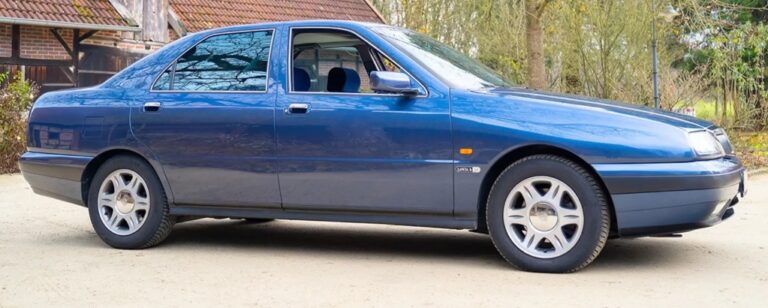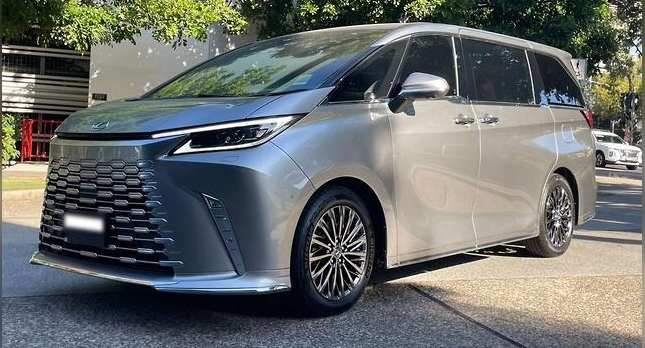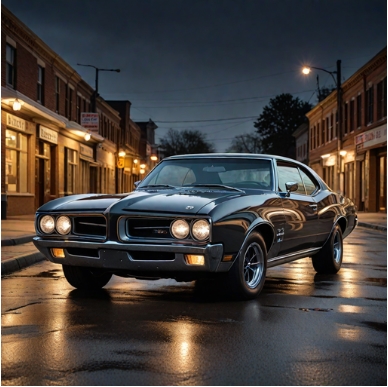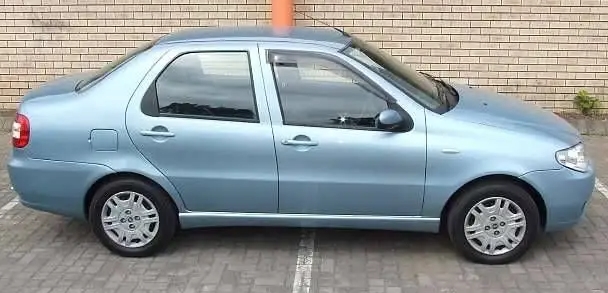The Evolution of the Fiat 600
The Fiat 600 holds a significant place in automotive history as one of the most influential small cars of the 20th century. Introduced in the early post-war period, it became a symbol of affordable mobility and urban practicality, especially across Europe. Over its production span, the Fiat 600 underwent numerous updates, variants, and technological improvements, reflecting the changing demands of consumers and advancements in automotive engineering. This article chronicles the evolution of the Fiat 600, detailing its production years, models, and trim levels.
Origins and Introduction (1955–1969)
Background and Context
Post-World War II Italy faced economic challenges, and there was a pressing need for inexpensive, efficient transportation. Fiat responded with the development of the Fiat 600, aiming to produce a compact, affordable car suitable for the masses. The project was initiated in the early 1950s, and the model was officially unveiled in July 1955 at the Turin Motor Show.
Initial Model and Launch
The first-generation Fiat 600, often referred to as the “Cinquecento,” was produced from 1955 to 1969. It was designed by Dante Giacosa, Fiat’s renowned engineer, and featured a rear-engine, rear-wheel-drive layout, similar to the Volkswagen Beetle. Its compact size, affordability, and practicality made it immensely popular.
Design and Specifications
- Body Styles: Initially offered as a 2-door saloon (sedan), with later variants including a station wagon, van, and cabriolet.
- Engine: 633 cc inline-4 engine producing approximately 19 horsepower.
- Transmission: 4-speed manual transmission.
- Performance: Top speed around 70 km/h (43 mph), suitable for city driving.
- Layout: Rear-engine, rear-wheel drive.
- Dimensions: Approximately 3.05 meters (10 ft) in length.
Models and Trim Levels
At launch, the Fiat 600 was available primarily in a basic trim level, emphasizing economy. Over time, several variants and special editions emerged:
- Fiat 600 “Normale” (Standard): The base model with minimal features.
- Fiat 600 “L”: Introduced in the late 1950s, offering slightly upgraded interior and trim.
- Fiat 600 “E” (Economy): Focused on cost savings, with minimal extras.
- Fiat 600 “D” (Doppiopetto): Station wagon version introduced in the late 1950s, featuring an extended roofline for increased cargo space.
- Fiat 600 “Cabriolet”: Convertible variant with soft-top, produced sporadically.
Mid-Production Developments (1960s)
Throughout the 1960s, the Fiat 600 received several updates to improve comfort, safety, and performance.
Facelift and Technical Upgrades
- 1960: Introduction of a more refined dashboard and interior trim. The engine was slightly upgraded to 21 horsepower.
- 1963: Minor exterior restyling, including a new grille and bumpers.
- 1964: Introduction of a new version called the Fiat 600 D, which became the most common model throughout the 1960s.
Fiat 600 D (1964–1969)
This was the most prominent version of the first-generation Fiat 600.
- Engine: 633 cc, now producing about 23 horsepower.
- Features: Improved suspension, better brakes, and a more modern interior.
- Body Styles: Continued as a 2-door sedan, station wagon, and van.
- Trim Levels:
- Normale: Basic trim with minimal features.
- L: Slightly upgraded with better interior features.
- Vignale: A more luxurious version with upgraded interior and trim, produced in small numbers.
- Multipla: A 4-door version with a unique, compact multi-passenger layout, introduced in the late 1950s and available into the 1960s.
Special Editions and Variants
- Fiat 600 Multipla: An innovative minivan-like version with three rows of seats, produced from 1956 to 1967. It was highly versatile and popular among families and small businesses.
- Fiat 600 Giardinetta: Station wagon variants catered to commercial uses and leisure.
.
THIS might be a great place to get your new car from!
Or for those who are into the “car flipping” business, here’s an excellent resource for you!

.
End of Production and Legacy (1969 and Beyond)
Discontinuation and Succession
The Fiat 600’s production officially ended in 1969, replaced by the Fiat 850, which offered more space, power, and modern features. Despite its discontinuation, the Fiat 600 remained an icon and was widely exported, especially to developing markets.
Legacy and Collectibility
The Fiat 600’s influence persisted through its role in shaping small car design and urban mobility solutions. Its economical design and versatility made it a favorite among car enthusiasts and collectors worldwide.
Summary of Key Models and Trim Levels
| Year Range | Model/Variant | Notable Features |
|---|---|---|
| 1955–1959 | Fiat 600 “Normale” | Basic, economical version |
| 1956–1967 | Fiat 600 Multipla | 4-door minivan, multi-passenger capability |
| 1957–? | Fiat 600 “L” | Slightly upgraded interior and trim |
| 1958–? | Fiat 600 “E” | Economy version, minimal equipment |
| 1960–1964 | Fiat 600 D | Major update, improved engine and safety features |
| 1964–1969 | Fiat 600 D (popular version) | Continued with refinements, widespread production |
| 1960s | Fiat 600 Vignale | Luxurious trim, limited production |
| 1960s | Fiat 600 Giardinetta | Station wagon, commercial use |
Conclusion
The Fiat 600’s evolution from its inception in 1955 to its discontinuation in 1969 reflects a story of innovation, adaptability, and mass appeal. Its various models and trim levels catered to a broad spectrum of consumers—from basic city commuters to family-oriented buyers with its multipurpose variants. The car’s rear-engine layout, compact size, and affordability made it a symbol of post-war recovery and urban mobility across Europe and beyond.
Today, the Fiat 600 remains a classic collector’s item, appreciated for its historical significance and charming design. Its influence can be seen in modern small cars, and its legacy endures as an icon of economical, practical transportation.







